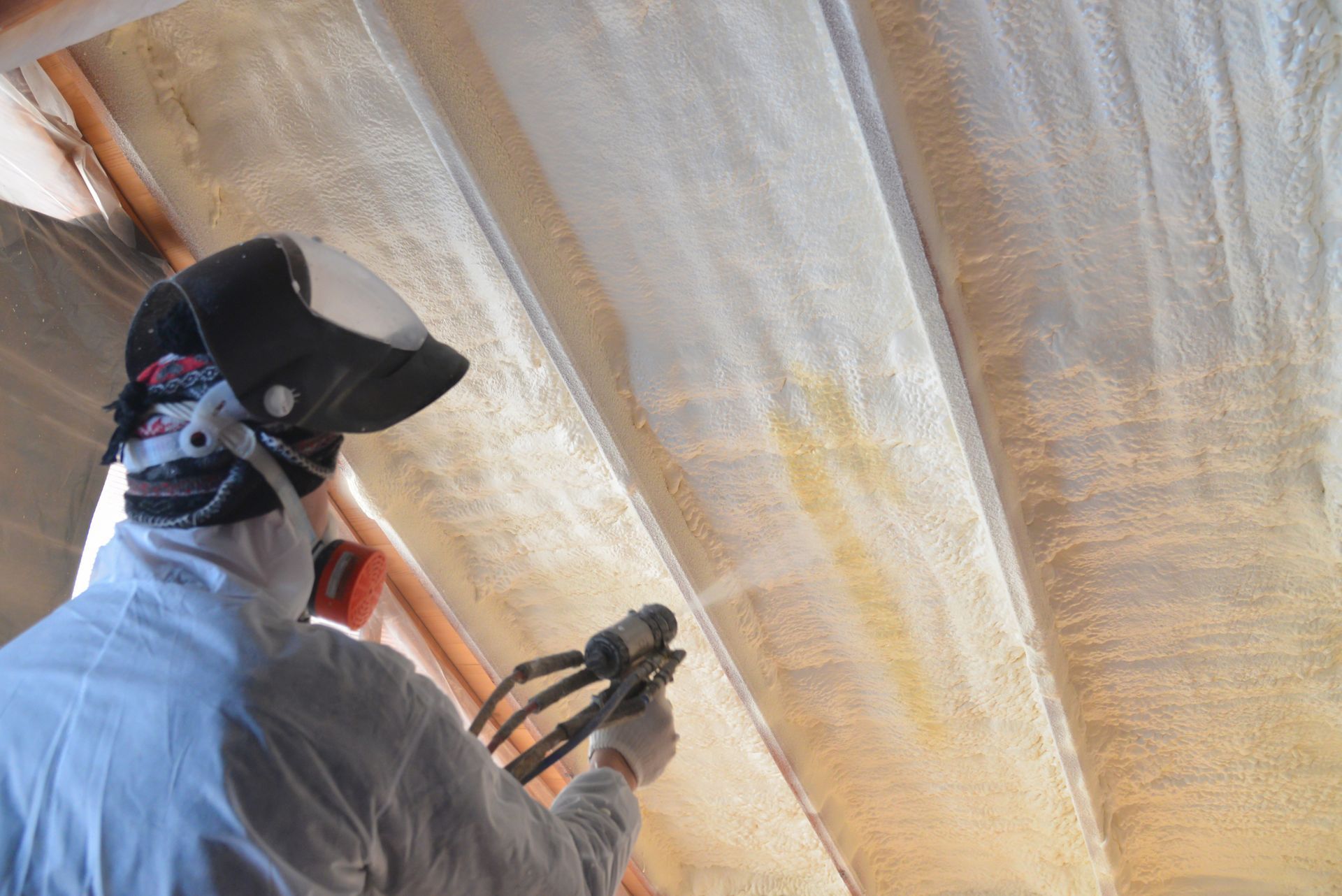Attic and Roof Insulation
The Top of your Home is Your Biggest Energy Leak
Hot air rises. In an under-insulated attic, that warmth escapes fast. In the summer, your roof bakes all day and radiates heat downward, stressing your AC and making upstairs rooms unbearable.
Insulating the attic and roofline stops this energy drain. It helps maintain steady indoor temps and protects the rest of your insulation system from being overworked.
What We Install and Where
We use spray foam, blown-in, or batt insulation depending on the space and structure:
- Spray foam under the roof deck for conditioned attics or ducted systems
- Blown-in fiberglass or cellulose for budget-friendly top-floor upgrades
- Batt insulation in accessible joist bays or unfinished attic walls
We’ll evaluate what’s already in place, check for air leaks, and recommend what fills the gaps best.
Vented vs Unvented Attics
Most homes are vented—open to outside airflow under the eaves. But spray foam allows us to seal the roof deck and create a fully conditioned attic, especially useful when HVAC or ductwork is located up top.
We’ll help you understand which setup makes sense for your home, based on climate, layout, and budget.
Benefits You Feel Immediately
- More stable indoor temperatures
- Lower monthly energy bills
- Less strain on your heating and cooling systems
- Improved roof durability and mold prevention
- Better air quality and fewer allergens
This is where most homes lose the most energy. Fixing it pays off fast.

